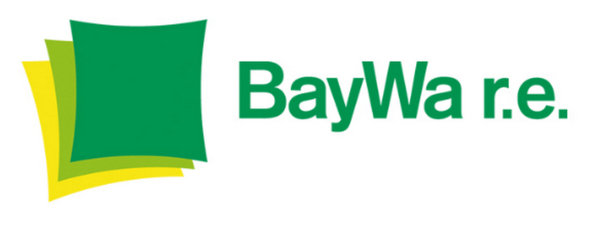
David Dunlap, VP of Operations at BayWa r.e. Solar Systems, explained why BayWa is not concerned about the Section 301 inverter tariff on the company’s blog. We found it insightful and are re-publishing it here for you to check out.
Equipment pricing has dropped so much and for so long, that the non-hardware costs for systems (customer acquisition, labor, permitting, etc.) are a much greater piece of the overall system cost than ever before. Looking ahead to the Section 301 tariff affecting certain Chinese-manufactured inverters, the net impact to the overall system will be much lower than in the Section 201 tariff on PV module, because inverters are a lower portion of the total system equipment cost than PV modules.
If we assume that equipment costs are now less than 35% of total system costs, and inverters are roughly 20%-25% of the equipment costs, this means very broadly that a total pass through of 10% increase in inverter cost, actually nets less than 1% increase in total system cost. This means the homeowner would only be paying roughly $250 more for a 7kW system. This should be well within the discressionary range of any installer to meet or beat a competitors price to win a deal, but more than likely is not enough to fundamentally shift their price structure or sales model.
I am hopeful that companies will learn from their module experiences, and maintain calm, rational thinking at the forefront as they start to think about how new inverter tariffs will impact their businesses and customers.
I think ultimately installers have suffered from cash flow challenges, high storage costs and strained credit lines. The unexpected long-term benefit has ultimately been lower pricing than the 30% tariff would have suggested. We don’t see any dramatic impacts (up or down) on the total installed volume, or on net price to the end-user.
There has been some consolidation in the installer layer of the value chain, which we think is due more to overall reduced market growth not attributable to the tariff. I have heard a few anecdotes to the effect that even when the Section 201 tariff initially hit and PV module prices increased 10% – 15% for some installers, the net impact on the total system cost didn’t merit a price increase to the end-user. Essentially the cost increase was absorbed across the supply chain, and the homeowner was insulated from a net price increase. There of course may have been local or regional variations, where some installers raised their prices and competitors did not, according to their own market strategy.
As an industry, we feel a great deal of pressure to always reduce prices to the end-user, and we’re afraid to raise prices under almost any circumstances, which can have a cost to ourselves and our businesses. Hopefully we should start to see a more or less stable price market where we have modest fluctuations up and down, and are all making much smaller adjustments to accommodate and plan ahead for those changes.
Take a deep breath and ensure that the urge to “buy before the price changes” doesn’t turn out to be that sale you should have ignored because you bought a bunch of stuff you didn’t need and it winds up costing you a lot more than you saved.
— Solar Builder magazine
[source: https://solarbuildermag.com/news/baywa-addresses-section-301-tariff-on-solar-inverters/]

Leave a Reply
You must be logged in to post a comment.